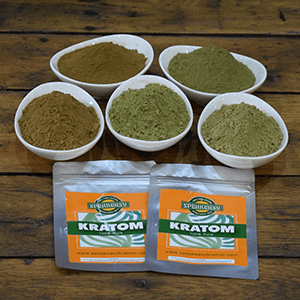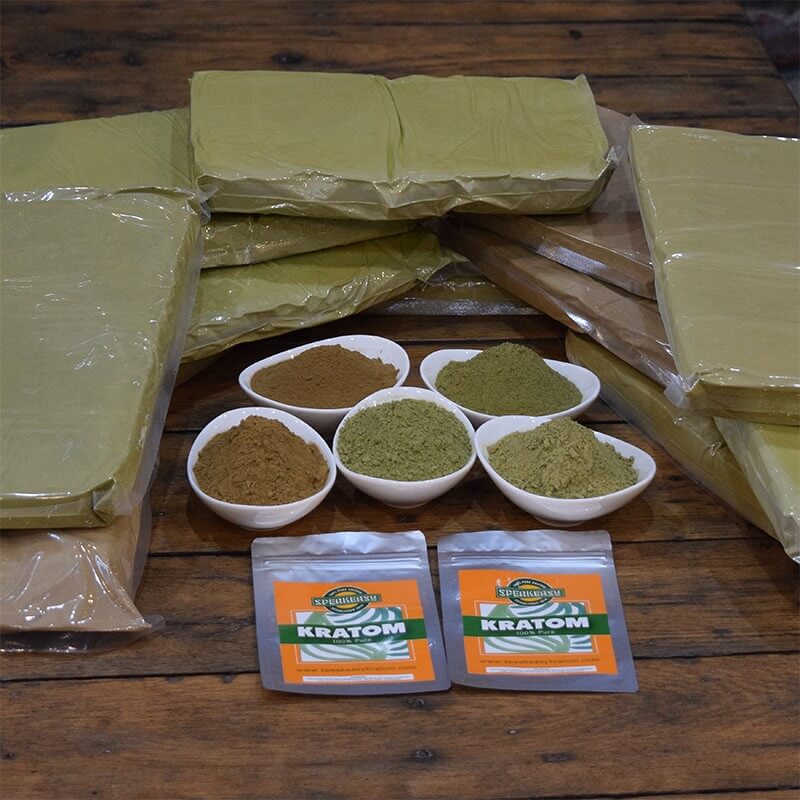Red Borneo Kratom is a unique strain of the Mitragyna speciosa tree, native to the island of Borneo. This tropical...

Kratom for Weight Loss: Exploring the Potential
Kratom, originating from the Mitragyna speciosa tree in Southeast Asia, has long been acknowledged for its stimulant and analgesic properties. Active alkaloids like mitragynine and 7-hydroxymitragynine interact with opioid receptors in the brain, traditionally offering relief from pain and enhancing mood.
Kratom for Weight Loss: An Emerging Concept
While Kratom is primarily known for its pain-relieving qualities, some users suggest a possible connection between Kratom and weight loss. Scientific evidence supporting this claim is limited, emphasizing the need for further research to comprehend the potential impact of Kratom on weight management.
Mechanisms of Kratom in Weight Loss
The mechanisms through which Kratom might influence weight loss remain unclear. Some users report that Kratom acts as an appetite suppressant, reducing cravings and lowering overall calorie intake. Additionally, the stimulant properties of Kratom may contribute to increased energy levels and physical activity, potentially facilitating weight loss.
Risks and Caution
Despite potential benefits, using Kratom for weight loss is not without risks. Common side effects include nausea, constipation, and dizziness. Moreover, long-term or excessive use may lead to dependence and withdrawal symptoms. It is crucial to acknowledge these risks and approach the use of Kratom for weight loss cautiously.
Legal Considerations
The legal status of Kratom varies globally, with some countries classifying it as a controlled substance or prohibiting its use entirely. Before incorporating Kratom into any weight loss strategy, individuals must be aware of its legal status in their specific location, as ignoring this aspect could lead to legal consequences and jeopardize overall well-being.
Expert Guidance: Consultation is Key
Given the limited scientific backing and potential risks, seeking professional advice is crucial when contemplating the use of Kratom for weight loss. Healthcare professionals can offer personalized insights based on an individual's health profile, ensuring a safer approach to weight management.
A Trusted Source: Speakeasy Kratom
Finding a reliable source is paramount. Enter Speakeasy Kratom, a trusted provider committed to delivering superior quality and natural purity in its Kratom products. With a money-back guarantee and a direct source from a sustainable Indonesian farm, Speakeasy Kratom ensures the finest quality in the market.
About Speakeasy Kratom
Speakeasy Kratom sets itself apart by prioritizing the purity and quality of its products. Sourced directly from an all-natural Kratom farm in Indonesia, their Kratom stands out for its sustainable cultivation practices. Though they cannot label their product as "organic" due to US restrictions, rest assured that their Kratom is grown without the use of harmful chemicals or fertilizers.
Commitment to Purity: No Cuts or Fillers
Speakeasy Kratom takes pride in maintaining an unwavering commitment to purity. Their products are free from cuts or fillers, ensuring that customers receive the purest and most natural form of Kratom available. With Speakeasy Kratom, users can trust the authenticity and quality of their Kratom.
Proceeding with Caution
In the evolving landscape of weight loss aids, Kratom emerges as a potential candidate. However, the lack of comprehensive scientific evidence and the associated risks warrant a cautious approach. Those intrigued by the possibilities of Kratom for weight loss should prioritize consulting healthcare professionals and ensuring a reliable source, such as Speakeasy Kratom, to explore this unknown territory with confidence.
Disclaimer: The information provided in this article is for informational purposes only and should not be considered medical advice. Kratom is not FDA-approved for any medical use, including weight loss. Individual responses to Kratom may vary, and potential risks and side effects should be discussed with a healthcare professional.

















Leave a comment